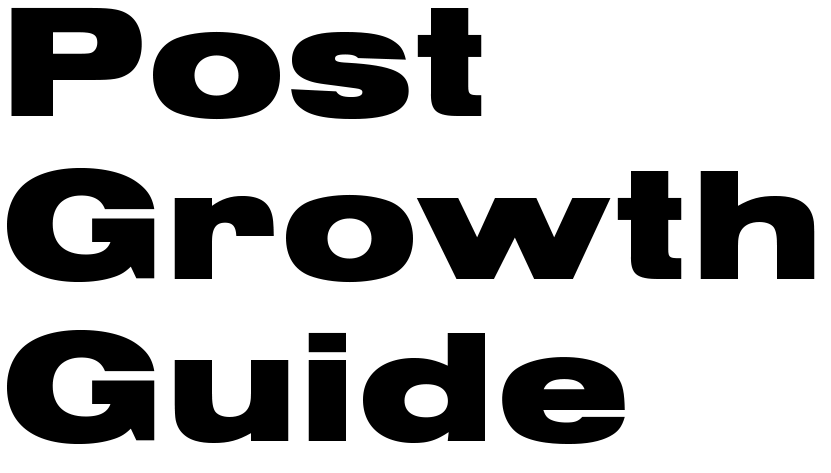Case Study: Thriving with a production limit
Jul 14, 2024
We've been looking forward to sharing this case with you, where we take a closer look at The Hiut Denim Company and how they embrace Limits to Growth.
Hiut Denim is shaking up the fashion industry by challenging the traditional view of growth. They plan to limit the production of denim jeans and find other ways to scale their impact.
Before we explore this further, here's a bit of background on The Hiut Denim Company:
The factory is located in a small town in Wales that used to produce jeans. When the factory closed 20 years ago, it was the last in Britain. Now they make jeans again.
→ Materials
They use 75% organic cotton. As they write on their website: "Yup, we can do better"
→ Free repair service (for life)
"We make them, you break them…Paul will repair them"
(This is not a review of Hiut's social or environmental footprint, find more on their website)
The growth dilemma (even if your product is better than the alternative/competition)
We covered it in the last email. It's the total reduction that counts, not the unit.
Your intentions as a 'green/sustainable' company may be to create a lower environmental impact, but the problem emerges when the only way to scale your positive impact is to grow and sell more products.
More products, more materials, more packaging more transport, more waste.
See the problem?
The more you succeed, the more you undermine your intention.
This is one of the reasons why it's interesting to look at production limits.
What does a production limit mean for business
Hiut proposes capping production at 10,011 jeans per year.
They believe this cap will draw more attention from the press and customers, leading to a waitlist.
With a waitlist, there's no need for discounts to drive demand, preserving their margins at the same time.
With a fixed production volume, they no longer have to predict. By only producing what is ordered, they can calculate the amount of materials needed, minimizing their waste.
Huit writes about the business, "In short, it no longer predicts; it knows"
Money and time that would typically go to traditional activities like paid advertising can now be used to scale their impact without increasing production size.
This could be open-sourcing production methods or material sourcing.
Or something as bold as advocating for a Business model with a growth limit.
